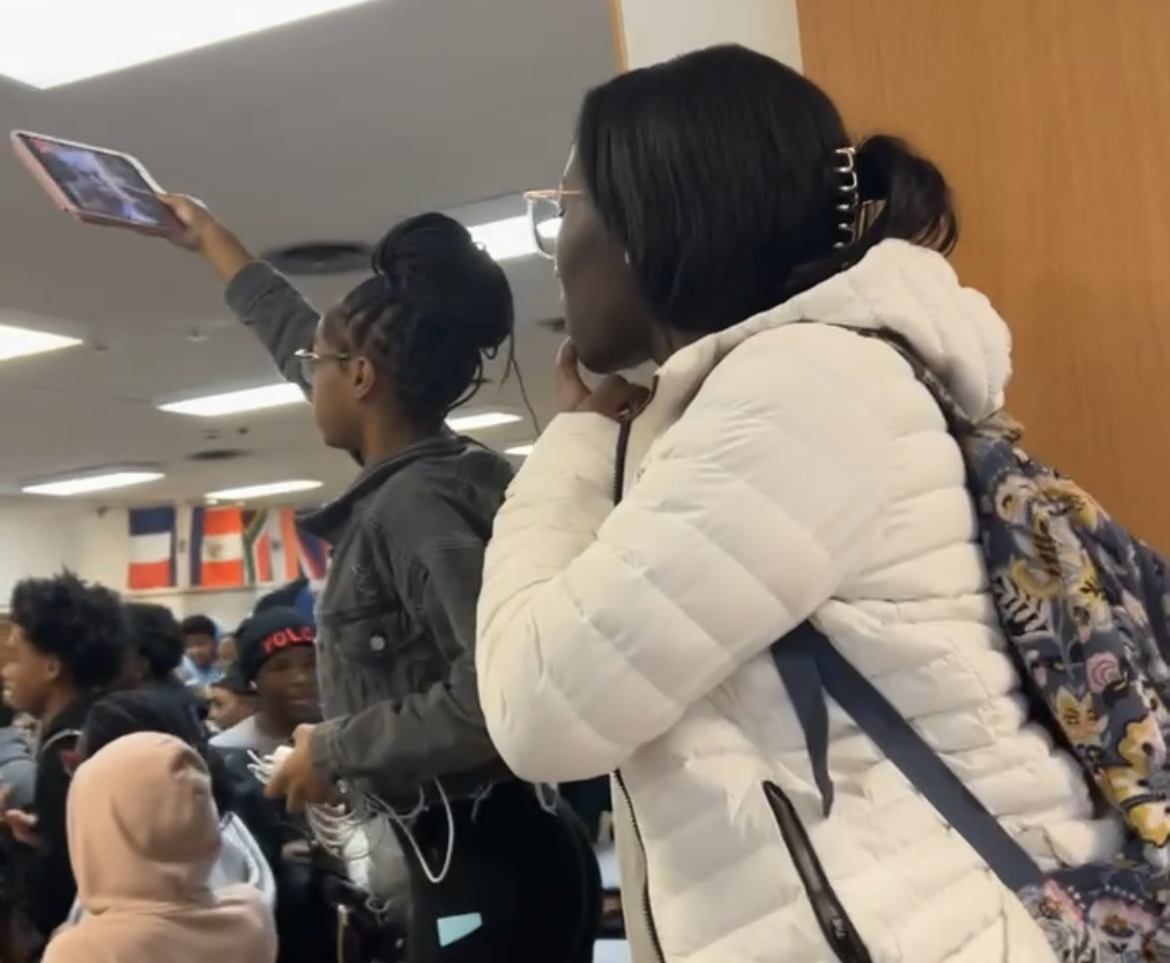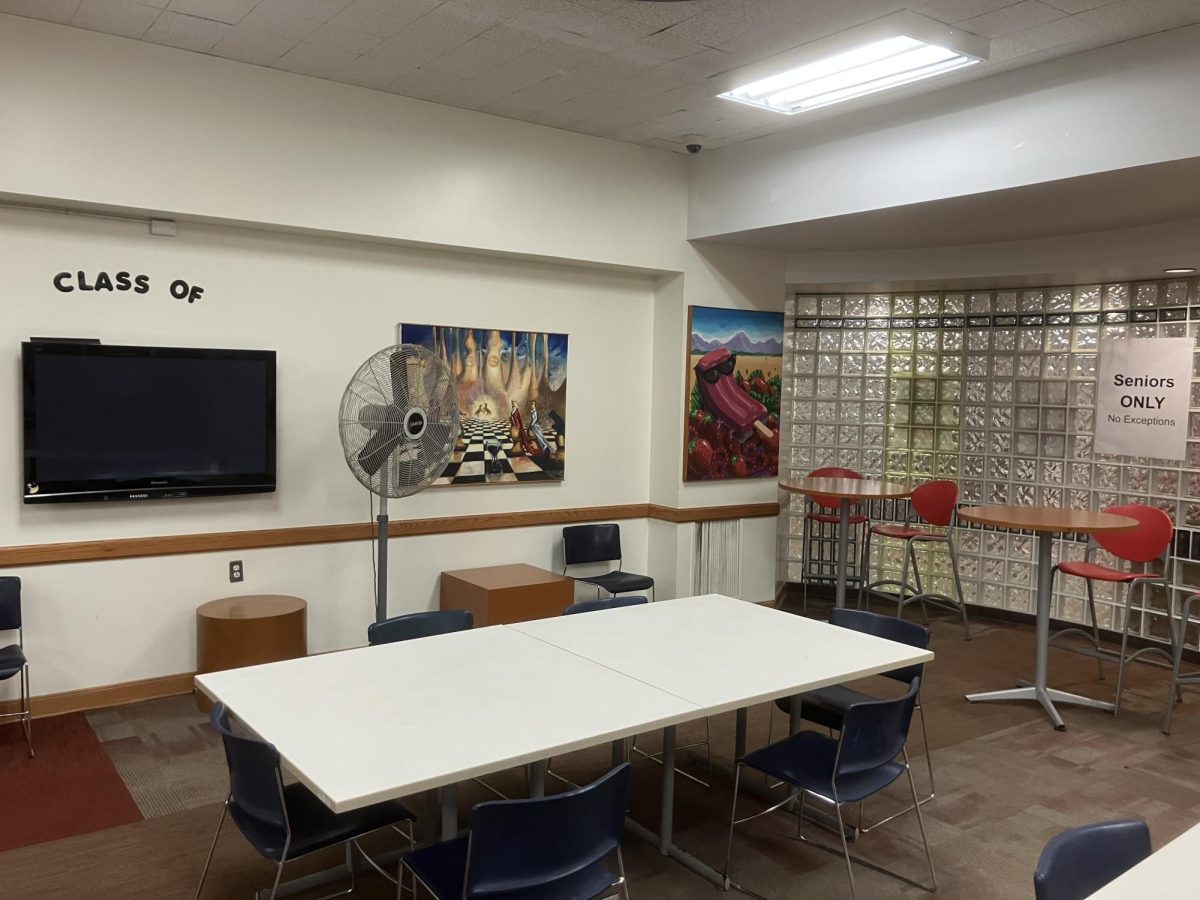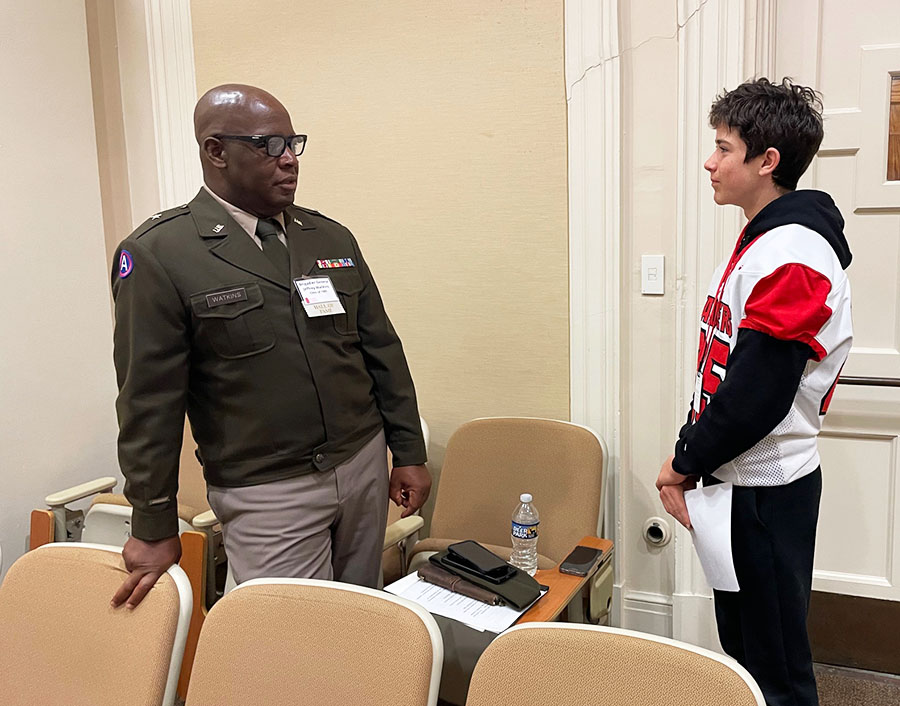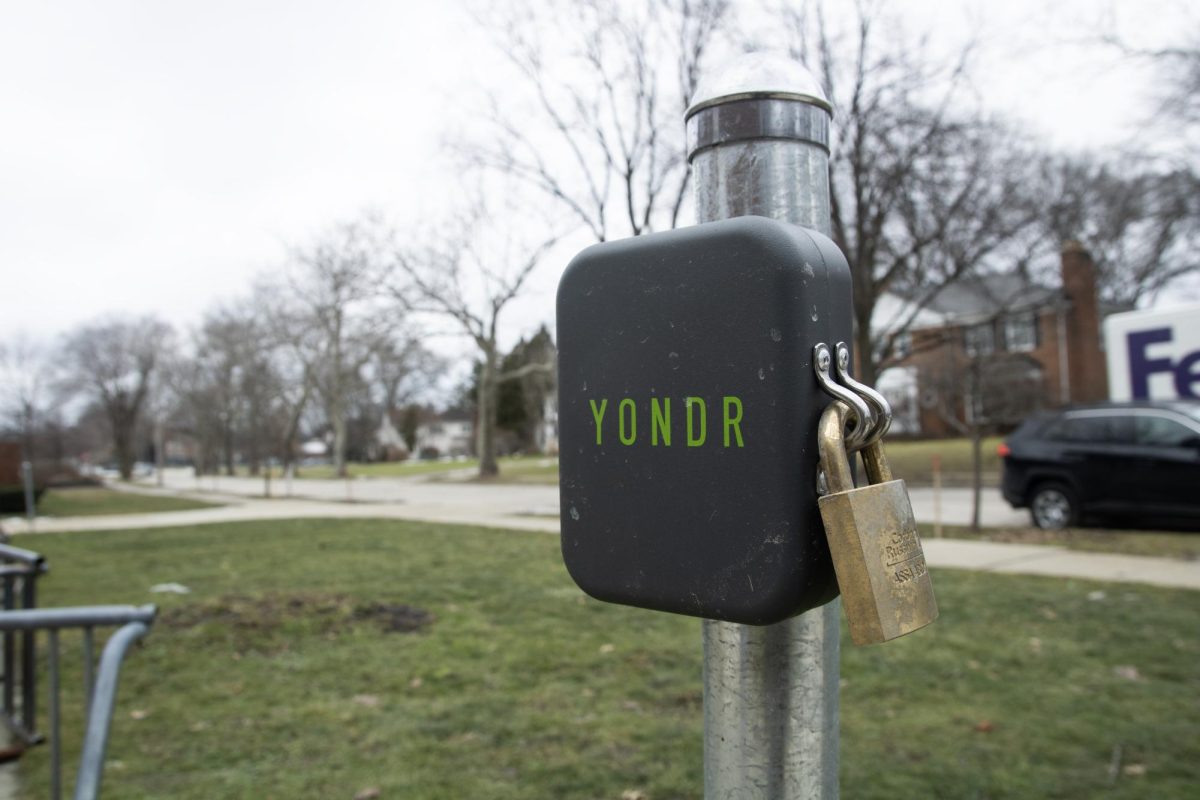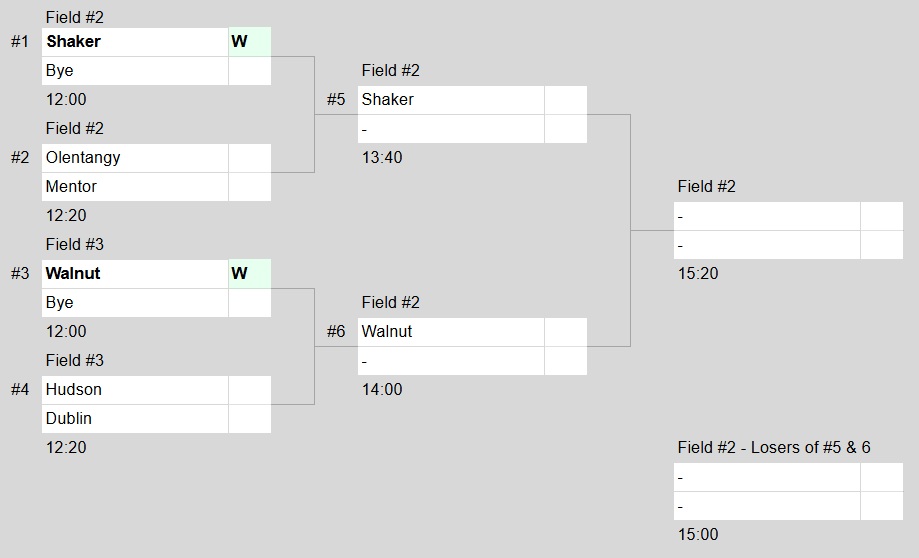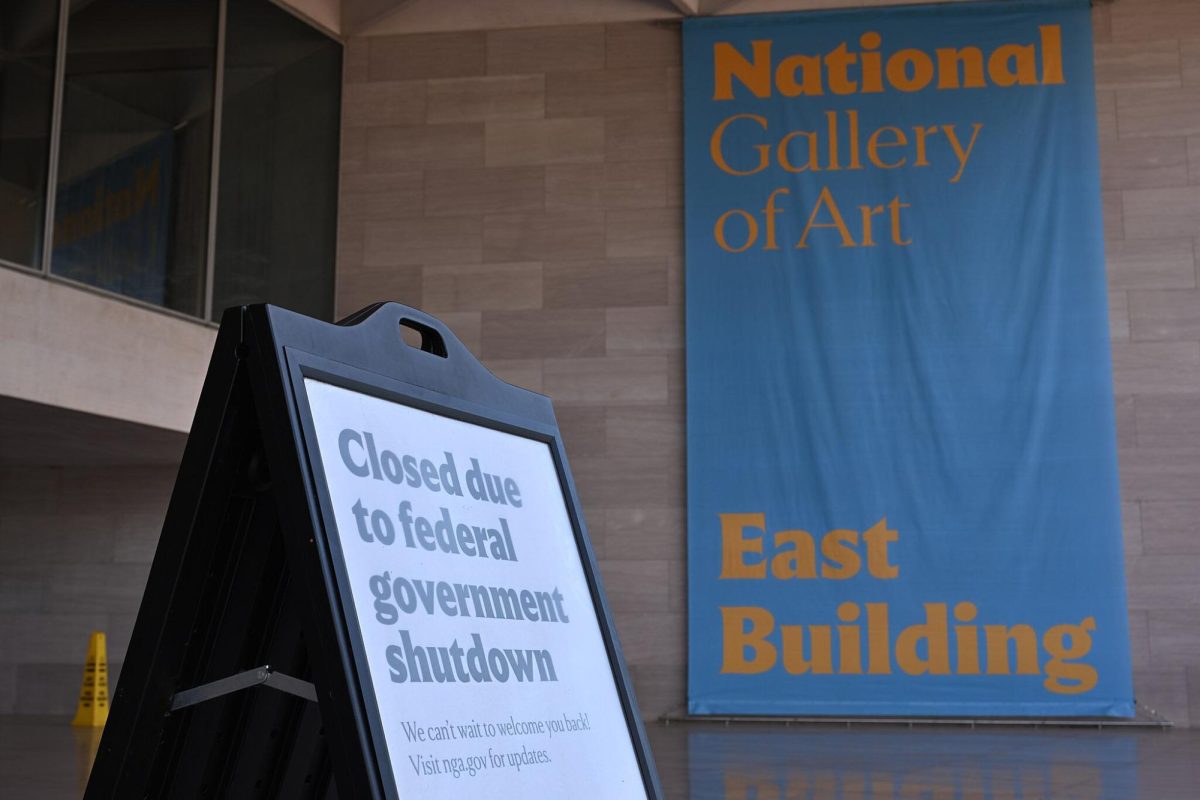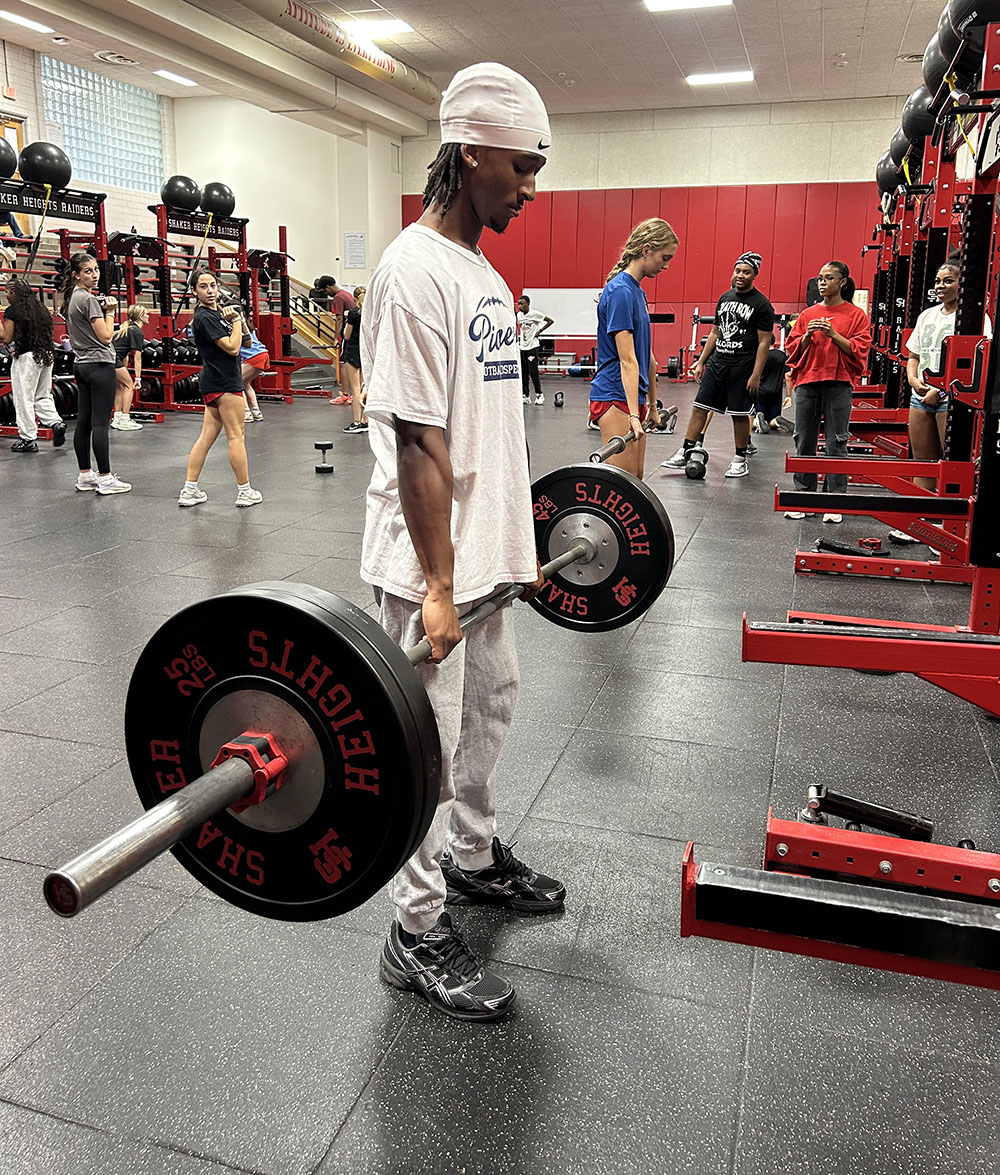Fights at school are not new, but after those that occurred in January, questions about whether students can be disciplined for recording them have increased.
Associate Principal James Dubsky said that there is no policy about recording fights, but students who do so are dealt with individually based on how disruptive their actions are.
“I don’t have a specific spelled-out practice in the student handbook that says, ‘If you record a school fight, you will receive this consequence,’ ” Dubsky said.
“Usually we will go to the student directly and request that they delete the video,” Dubsky said. Further action is only necessary, he said, if the student’s act of recording the video makes the altercation harder to dissolve.
Students can be disciplined if recording gets in the way of staff who are trying to stop a fight. “If you are on camera, and you are observed contributing to the chaos and disruption, and you are impeding my ability to separate it, that’s when we would consider consequences for a student for recording,” Dubsky said.
Dubsky said that even with these guidelines, it’s not easy to make a decision. “Maybe somebody did film, [but] by the time they get to me, it’s been deleted from their phone. What do we do about that?” he said.
Students expressed nuanced opinions about consequences. Sophomore Alex Workman said that he often sees videos of fights at the high school circulating on social media. “Kids should not be taking videos of fights because they glorify violence, and they don’t represent what our school is like on a daily basis,” Workman said.
Junior Omyron Harris said the recordings have value. “To be brutally honest, having a video of a fight shows the reality of what goes down here,” Harris said.
Though there is no definitive policy, according to Dubsky, reprimands that have been issued include in-school suspensions, out-of-school suspensions and lunch detentions.
Workman said he thinks these consequences are too harsh. “I don’t think that kids should be necessarily punished for recording school fights, but I also think that it’s irresponsible to post them,” Workman said.
“One perspective is that the school shouldn’t punish kids who are merely showing the true reality of the school,” Harris said. “It depends on the intentions of the students. If the student is trying to profit off of the video, like socially or for money, then yeah, I think some punishment is fair.”
Dubsky said that administration believes videos of fights that circulate on social media do not reflect fairly on the school. “It’s definitely something that we wouldn’t want out there,” Dubsky said. He said that videos can fool one into forming notions about violence at the school that are not always accurate. “I can see how people can say, ‘This is the reality of the school.’ Through editing, through angles, sometimes the videos depict us in more of a negative light than we would desire.”
However, Dubsky is not particularly concerned with fight videos circulating at the high school, and instead is focusing on preventing fights.
Said Dubsky, “I think we have a fantastic school, and sometimes we have negative interactions take place, but this school is in no way a negative place. You’ll find this at just about any school in America.”
A version of this article appears in print on page 4 of Volume 94, Issue 2, published May 24, 2024.

